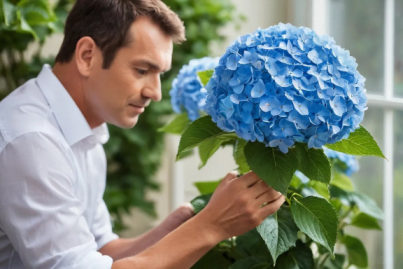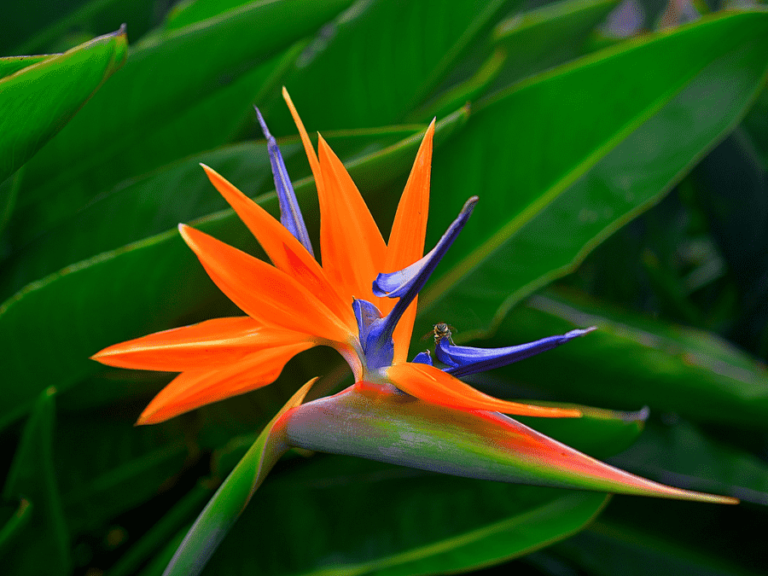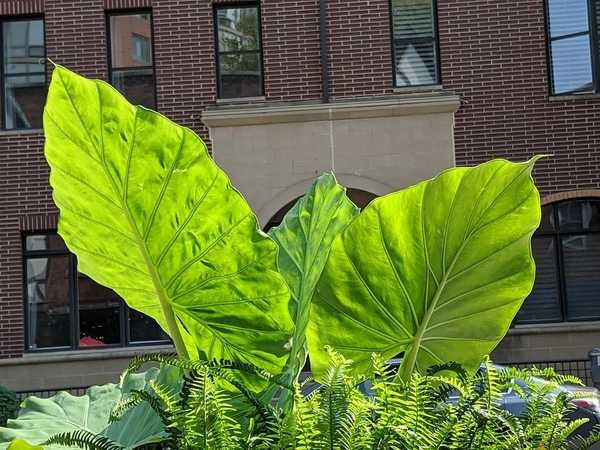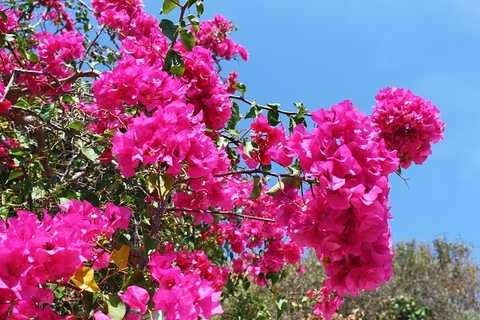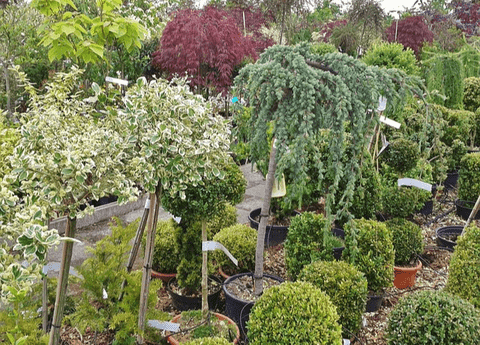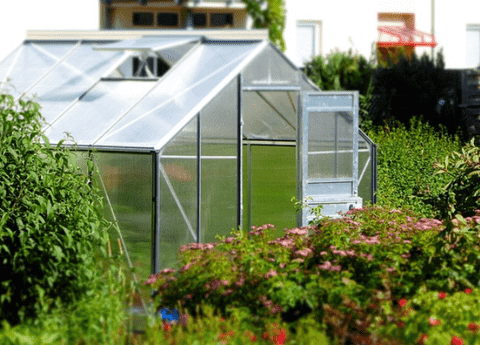How do I grow and care for hydrangeas?
Growing and caring for hydrangeas can be a delightful and rewarding experience for both novice and seasoned gardeners. Known for their lush, voluminous blooms and vibrant colors, hydrangeas are a favorite in many gardens, offering a stunning visual appeal throughout the growing season. Whether you are looking to enhance your garden’s beauty or cultivate a thriving hydrangea display, understanding the essentials of planting, watering, and maintenance is key. In this comprehensive guide, we will delve into the step-by-step process of nurturing these exquisite plants, ensuring they flourish and enhance your outdoor space. Let’s embark on this journey to transform your garden into a hydrangea haven.
Choosing the Right Hydrangea
Types of Hydrangeas
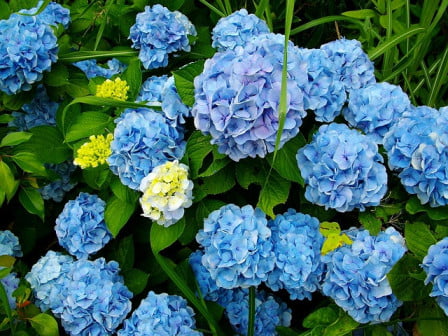
Hydrangeas come in a variety of types, each with its own distinct features and specific growing needs. The most popular varieties include the Bigleaf Hydrangea (Hydrangea macrophylla), known for its large, colorful blooms that can change color based on soil pH. The Panicle Hydrangea (Hydrangea paniculata) is another favorite, appreciated for its cone-shaped flowers and hardiness in colder climates. Smooth Hydrangea (Hydrangea arborescens) offers large, white blooms and is particularly resilient, making it ideal for beginners. Oakleaf Hydrangea (Hydrangea quercifolia) stands out with its distinctive foliage that changes color in the fall. Finally, Climbing Hydrangea (Hydrangea anomala) is perfect for gardeners looking to add vertical interest to their spaces. Understanding the different types of hydrangeas can help you choose the best variety for your garden’s conditions and aesthetic preferences.
Best Varieties for Your Garden
Selecting the best hydrangea varieties for your garden depends on your specific needs and local growing conditions. For gardens with partial to full shade, the Bigleaf Hydrangea is an excellent choice due to its preference for less direct sunlight. If you live in a colder region, the Panicle Hydrangea is highly recommended for its frost resistance and ability to thrive in full sun. For those seeking a low-maintenance option, the Smooth Hydrangea is ideal, as it can tolerate a variety of soil types and requires minimal care. Oakleaf Hydrangeas are perfect for adding year-round visual interest, thanks to their unique foliage and late-season blooms. Finally, if you want to create a striking vertical element, the Climbing Hydrangea can cover walls, trellises, or fences with ease. By considering these factors, you can select the hydrangea variety that will best complement your garden and climate.
Where to Buy Quality Plants
Finding quality hydrangea plants is crucial for ensuring their successful growth in your garden. Local nurseries are often the best places to start, as they offer plants that are well-suited to the local climate and soil conditions. Additionally, nursery staff can provide valuable advice on plant selection and care. Online retailers are another excellent option, especially for those looking for specific varieties or hard-to-find species. When purchasing online, ensure the seller has good reviews and offers a satisfaction guarantee. Garden centers associated with botanical gardens or universities can also be reliable sources for quality plants, often selling specimens that have been well-cared for by experts. Farmers’ markets and plant fairs are other potential venues, where you can often find unique varieties and support local growers. By purchasing from reputable sources, you can increase the likelihood of acquiring healthy, robust hydrangeas that will thrive in your garden.
Planting and Growing Tips
Ideal Soil Conditions

Hydrangeas thrive in well-drained, fertile soil that retains moisture without becoming waterlogged. The ideal soil pH can vary depending on the type of hydrangea you are growing. For Bigleaf Hydrangeas, the soil pH can influence bloom color—acidic soils (pH below 6) produce blue flowers, while alkaline soils (pH above 7) result in pink blooms. Adding organic matter such as compost or well-rotted manure can improve soil structure, providing essential nutrients and enhancing water retention. It’s also beneficial to test your soil before planting to understand its composition and pH levels. If necessary, you can amend the soil with lime to increase pH or sulfur to decrease it. Ensuring your hydrangeas have the right soil conditions from the start will promote healthy root development and robust, vibrant blooms, making your garden a true hydrangea haven.
Watering Schedule
Maintaining a proper watering schedule is crucial for the healthy growth of hydrangeas. These plants prefer consistently moist soil, but it’s important to avoid waterlogging, which can lead to root rot. Newly planted hydrangeas should be watered deeply at least three times a week to help establish a strong root system. Once established, hydrangeas typically require about 1 inch of water per week, either from rainfall or supplemental watering. During hot, dry periods, increase the frequency to prevent the soil from drying out. Watering should be done in the morning to reduce evaporation and allow the foliage to dry before nightfall, minimizing the risk of fungal diseases. Applying mulch around the base of plants helps retain soil moisture and regulate temperature. By adhering to a consistent watering schedule, you can ensure your hydrangeas remain healthy and produce their characteristic lush blooms.
Pruning Techniques
Effective pruning is essential for maintaining the shape, health, and blooming potential of your hydrangeas. The timing and method of pruning vary depending on the type of hydrangea. For Bigleaf and Oakleaf Hydrangeas, which bloom on old wood, pruning should be done immediately after flowering, typically in late summer. This ensures you don’t remove next year’s flower buds. For Panicle and Smooth Hydrangeas, which bloom on new wood, pruning can be done in late winter or early spring before new growth begins. Remove any dead or damaged stems to enhance air circulation and minimize the risk of disease. Additionally, thinning out the center of the plant can encourage better light penetration and more vigorous growth. Avoid heavy pruning, which can reduce the number of blooms. By following these pruning techniques, you can help your hydrangeas produce abundant, vibrant flowers season after season.
Ongoing Care and Maintenance
Fertilizing Hydrangeas
Proper fertilization is crucial for ensuring your hydrangeas achieve their full blooming potential and maintain healthy growth. Generally, hydrangeas benefit from a balanced, slow-release fertilizer applied in the spring as new growth begins. A 10-10-10 NPK ratio is often recommended, providing equal parts nitrogen, phosphorus, and potassium to support overall plant health. For Bigleaf Hydrangeas, an additional application of fertilizer in early summer can help sustain vibrant blooms throughout the season. Avoid over-fertilizing, as it can cause excessive leaf growth, which may reduce the number of flowers. Liquid fertilizers can be used for a quicker nutrient boost, but they should be applied carefully to avoid root burn. Organic options like compost or well-rotted manure can also be beneficial, adding nutrients gradually and improving soil structure. Regular fertilization, tailored to your specific hydrangea’s needs, will keep your plants vigorous and blooming beautifully.
Preventing Common Pests
Hydrangeas, like all plants, are susceptible to various pests that can affect their health and appearance. Common pests include aphids, spider mites, and scale insects. Regularly inspecting your plants for signs of infestation is the first step in prevention. Aphids can often be found on the undersides of leaves, causing curling and yellowing. Spider mites create fine webbing and can make leaves appear stippled or bronzed. Scale insects, which appear as small, raised bumps, can weaken plants by sucking sap. To manage these pests, consider using insecticidal soap or neem oil, which are effective and environmentally friendly. For severe infestations, horticultural oils or systemic insecticides may be necessary. Encouraging beneficial insects like ladybugs and lacewings, which prey on these pests, can also help maintain a healthy garden ecosystem. By staying vigilant and employing these strategies, you can prevent common pests from damaging your hydrangeas and ensure they remain robust and beautiful.
Seasonal Care Tips
Seasonal care is essential to keep your hydrangeas thriving year-round. In the spring, focus on pruning any dead wood and applying a balanced fertilizer to encourage new growth. As summer approaches, maintain a consistent watering schedule, ensuring the soil remains moist but not waterlogged. Mulching around the base of the plants can help retain moisture and keep the roots cool. During the fall, remove any spent flowers and debris around the plants to reduce the risk of pests and diseases. For regions with harsh winters, consider protecting your hydrangeas with a layer of mulch or burlap to insulate the roots and lower stems. If your hydrangeas are in pots, move them to a sheltered location to prevent frost damage. By adapting your care routine to the changing seasons, you can ensure that your hydrangeas remain healthy and vibrant, ready to bloom spectacularly when their time comes.

